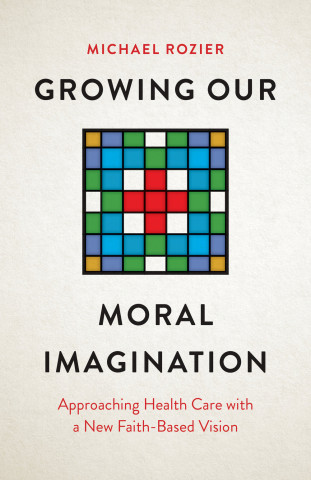
Reviews
This book offers the best set of literary readings of Talmudic materials in English, and the best English introduction to the issues such readings entail, that this reviewer has seen.
This book goes well beyond the explanation of difficult Talmudic stories. It presents, indeed, an entirely innovative theory. Rubenstein's argument is not only important, but also, I think, persuasive. This book should not be allowed to go unnoticed: in a well-trodden field like Talmudic studies one rarely gets the feeling that a major breakthrough has been achieved.
Rubenstein has produced a fascinating volume... Anyone who reads this book will find important new insights.
This is a mature work, in which the author invested much labor and thought. The thoroughness, methodical diversity, and scholarly discretion can serve as a model of the demanding standards that are to be expected from serious research into rabbinic literature.
It analyzes several notable rabbinic stories in a fresh and detailed manner.
A distinctive and nuanced analysis of six narratives from the Babylonian Talmud... I would recommend this excellent book to Rubenstein's intended audience as well as anyone who is interested in the literary analysis of religious narratives... Rubenstein's analyses are careful and thorough, and he argues his points well. In addition, Talmudic Stories opens up a host of new challenges.
This work establishes Rubenstein as the leading scholar of narrative in the Babylonian Talmud.
Jeffrey Rubenstein's studies of some of the most well-known Talmudic stories are entirely fresh in approach and shed much new light on the literary methods by which the anonymous editors of the Talmud constructed their own work on the basis of inherited traditions and in light of their own theological concerns. He approaches any given tale from a number of overlapping and mutually informing perspectives that provide a richly layered interpretive web.
Book Details
Introduction
1. Torah, Shame, and "The Oven of Akhnai" (Bava Mesia 59a-59b)
2. Elisha ben Abuya: Torah and the Sinful Sage (Hagiga 15a-15b)
3. Torah and the Mundane Life: The Education of R. Shimon
Introduction
1. Torah, Shame, and "The Oven of Akhnai" (Bava Mesia 59a-59b)
2. Elisha ben Abuya: Torah and the Sinful Sage (Hagiga 15a-15b)
3. Torah and the Mundane Life: The Education of R. Shimon bar Yohai (Shabbat 33b-34a)
4. Rabbinic Authority and the Destruction of Jerusalem (Gittin 55b-56b)
5. Torah, Lineage, and the Academic Hierarchy (Horayot 13b-14a)
6. Torah, Gentiles, and Eschatology (Avoda Zara 2a-3b)
Conclusion






